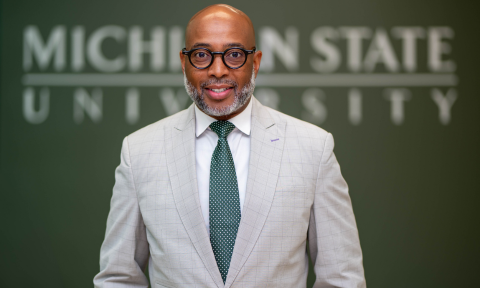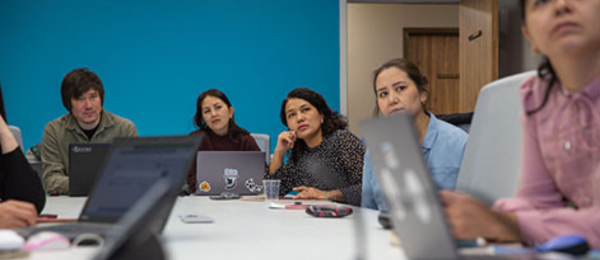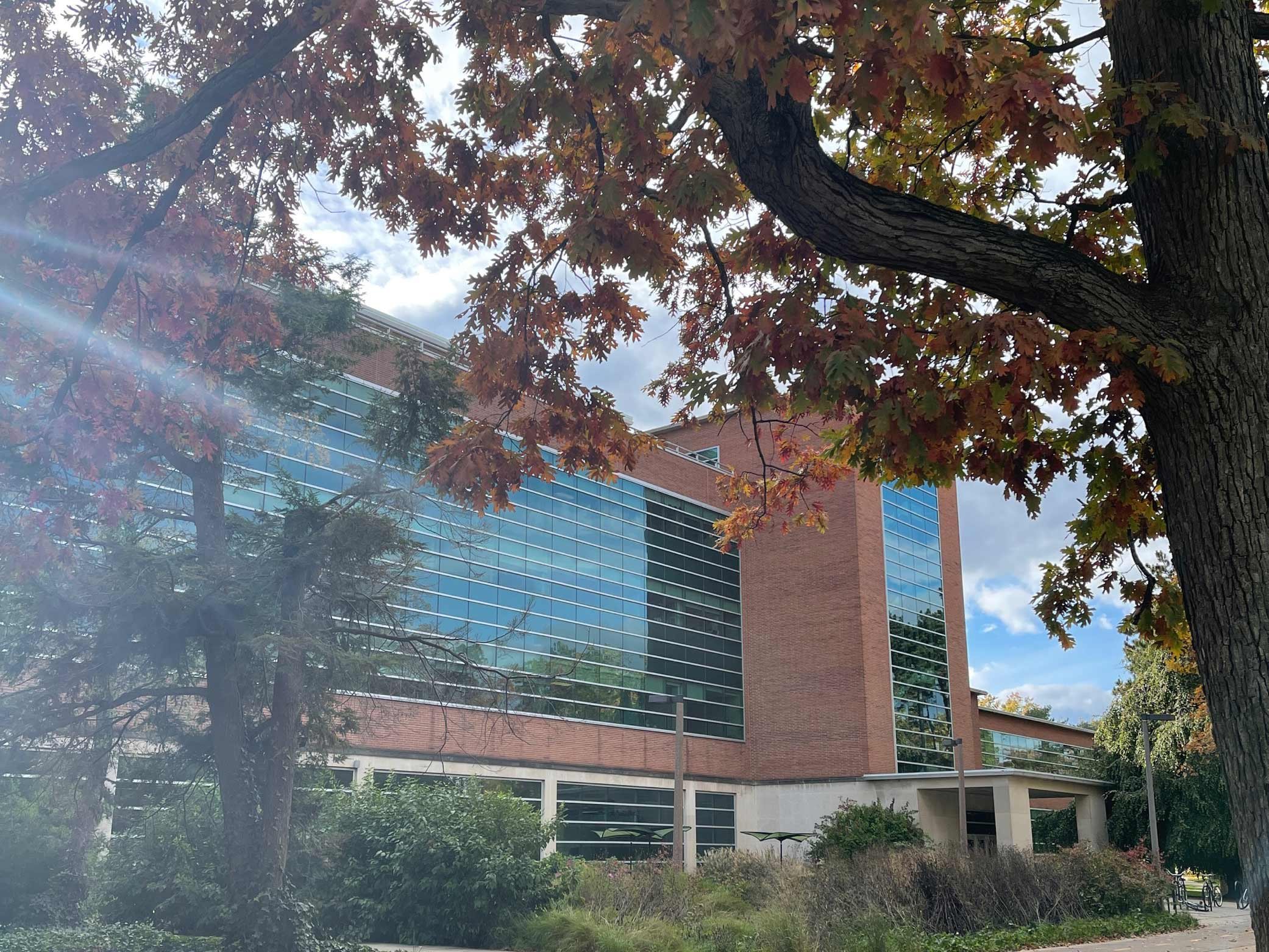Elementary students need opportunities to learn science, as it is fundamental to their future livelihoods and to the U.S. economy, according to the National Academies of Sciences, Engineering & Medicine.
Yet, this is a challenge, say leaders from MSU’s CREATE for STEM Institute.
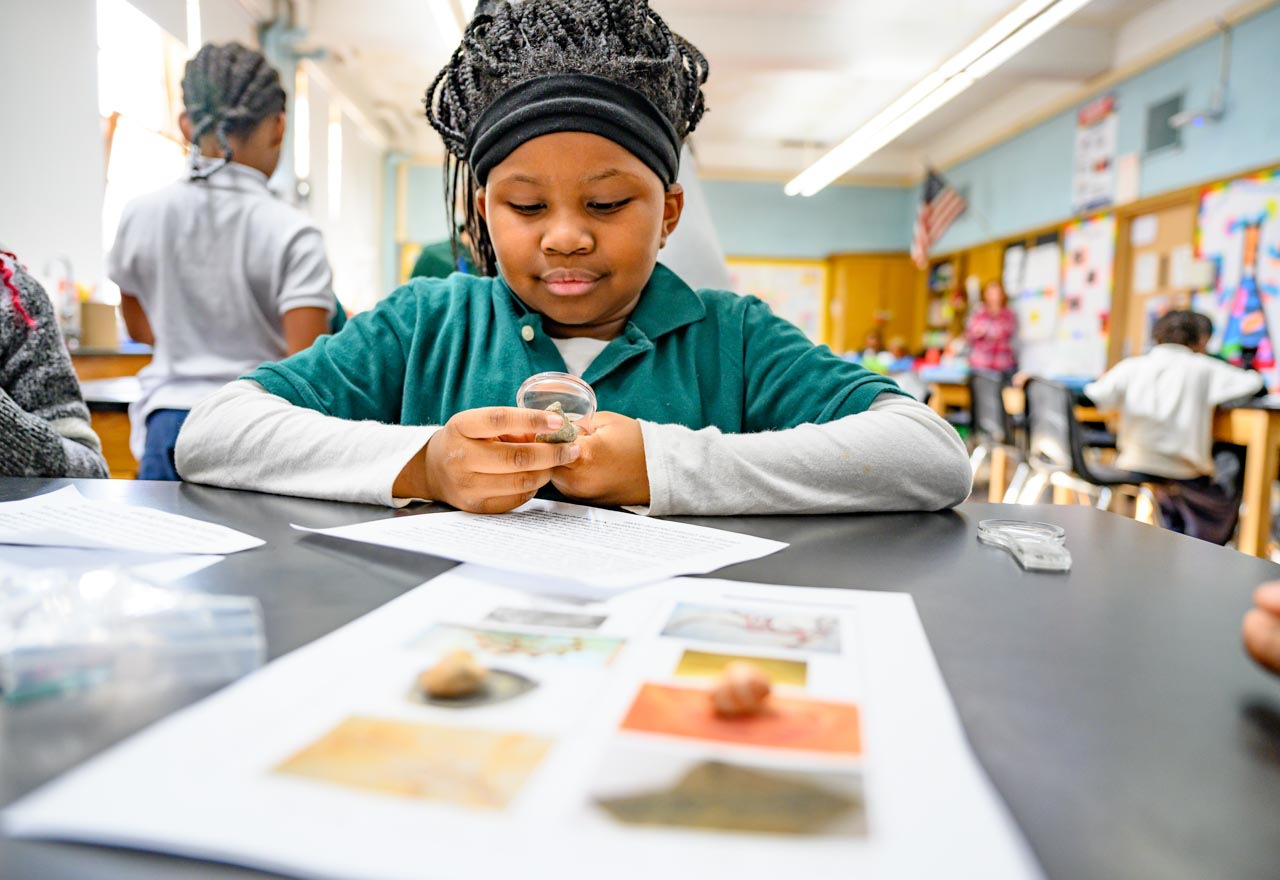
Across dozens of research efforts and partnerships (and building on the research of others), CREATE has found that science instruction receives less focus in K-12 schools, and especially in lower grades in low socioeconomic schools. This instruction lapse further widens the achievement gap between low-income schools and more affluent communities.
That’s why Michigan State University scholars are rising to the challenge by scaling their innovative elementary science curriculum, called Collaborate Science (ColSci), formerly known as Multiple-Literacies in Project-based Learning, to enhance science and literacy learning and promote students' interest and engagement in science.
A collaborative approach
Backed by a $10 million Education Innovation and Research grant from the U.S. Department of Education, MSU is partnering with Alabama A&M University, Accelerate Learning Inc. and WestEd to implement and evaluate ColSci in 80 underserved rural and urban schools across Alabama over the next five years.

The researchers hope to improve science achievement and engagement through project-based learning units situated in meaningful contexts for the learners.
“Our goal is to bridge the gap in science education by making lessons more interesting and related to students’ lives while integrating essential science ideas and literacy skills,” said Principal Investigator and MSU Associate Professor Namsoo Shin. “This approach not only saves time for teachers but also engages students in meaningful scientific inquiry.”
A key focus of ColSci is to engage students in local meaningful phenomena. “By integrating local and meaningful contexts, we make science more valuable and engaging for students, boosting their motivation and interest. When students experience phenomena through hands-on experience, it increases their engagement and learning,” said Joseph Krajcik. Krajcik, a Lappan-Phillips Professor of Science Education in the Colleges of Education and Natural Science, is the project’s co-principal investigator. Krajcik is also the director of the CREATE for STEM Institute, a multi-unit collaboration amongst the Colleges of Education, Engineering, Natural Science and Lyman Briggs.

Although research supports the value of ColSci to promote student learning, this new project, which officially kicked off in January 2025, introduces innovation through two key avenues:
- Streamlining assessment with cutting-edge generative artificial intelligence (AI) – Automates the analysis of open-ended student work, such as written explanations, and delivers real-time, feedback.
- Enhancing motivation – Embeds motivational and cognitive prompts related to the learners’ lives and environment to foster engagement and learning.
Building on proven foundations
ColSci is based on the Multiliteracies Project-Based Learning (ML-PBL) curriculum, originally developed by Krajcik, John A. Hannah University Distinguished Professor Barbara Schneider, Professor Annemarie Palincsar (University of Michigan) and Professor Emily Miller (University of Georgia).
ML-PBL integrates science and literacy and aligns with the Next Generation Science Standards (NGSS). In prior studies, ML-PBL has demonstrated significant improvements in student science achievement and teacher effectiveness in Michigan.
Project objectives and expected outcomes
Three key objectives guide the project:
- Scaling and sustaining ColSci: Develop and test innovative strategies to scale the curriculum effectively across a wide range of classrooms.
- Rigorous evaluation: Conduct a randomized control trial with 6,400 students and 160 teachers from 80 schools to assess the curriculum’s impact on science and literacy outcomes.
- Dissemination of findings: Share study results through public reports, journal articles, workshops, and social media to support broader adoption and impact.
Researchers expect this initiative will lead to measurable improvements in student science and literacy achievement, as well as heightened motivation and interest in learning science.
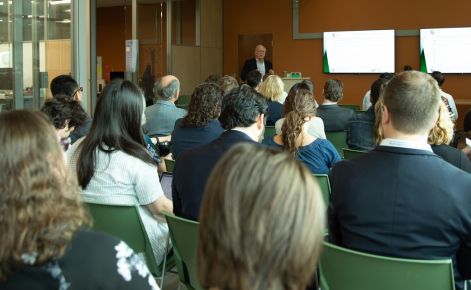
Supporting Teachers and Students
The project also includes professional learning for teachers, curricular materials, formative and summative assessments, and science equipment.
An AI-enhanced digital platform will serve as the primary interface for delivering lessons and providing feedback. Researchers will create tools — such as a teacher’s dashboard and AI scoring models — to support educators and enhance instructional effectiveness. If successful, scholars hope to implement their innovative approach on a broader scale, reaching communities with fewer resources and access to education.
“This project is a strong example of our college’s commitment to advancing education with science, and to working with, and in, communities to improve education,” said College of Education Dean Jerlando F. L. Jackson. “This research team has a proven foundation in developing science and literacy curricula that yield measurable results. I look forward to witnessing how learning in these communities transforms for the better, and to seeing how our researchers scaffold this project to continually improve elementary science instruction more broadly.”
